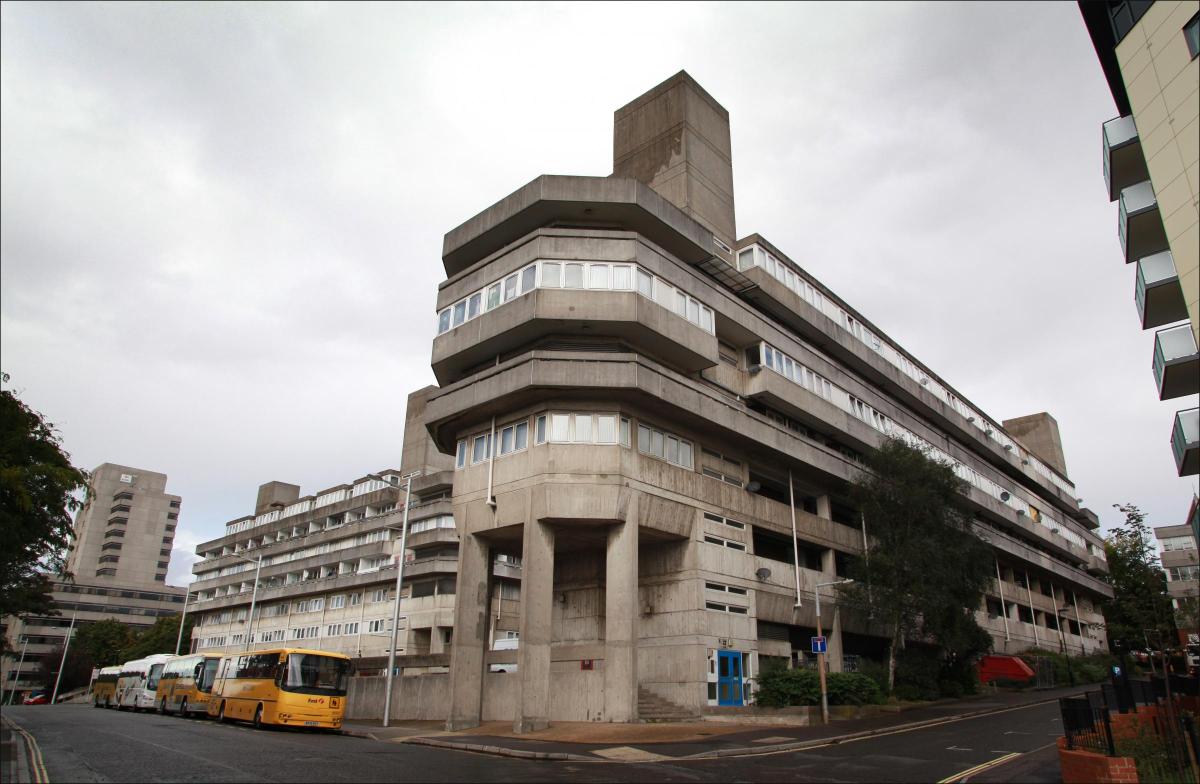Blechynden Terrace, a name that may not immediately resonate like Southampton’s Bargate or the Tudor House Museum, nonetheless holds within its story a compelling reflection of the city's own journey through ambition, upheaval, and constant adaptation.
From an idyllic vision of waterside gardens abruptly curtailed by the transformative power of the railway, through the scars of wartime devastation and the bold architectural statements of post-war optimism, to its current iteration as a hub of city living and a site of poignant remembrance, Blechynden Terrace offers a unique lens through which to view the very making of modern Southampton.
Its history is not just of a single street, but a microcosm of how a port city navigated the currents of change, each layer of its past contributing to the complex urban fabric we see today and profoundly shaping Southampton's trajectory.
Things began for the street in the early 19th century, not with concrete and steel, but with a name rooted in nature – "Blechynden," meaning "dark wooded valley".
This evocative description hints at a sylvan landscape, a stark contrast to the urban centre it is now.

Ambitious plans were drawn up for the district, a "pleasant suburb" featuring "rows of good houses with ornamental gardens facing the water".
The name "Blechynden Terrace" itself dates from this period of genteel aspiration. For Southampton, this represented a desire to cultivate refined residential areas, leveraging its maritime setting for picturesque living.
However, this dream of an elegant enclave was dramatically interrupted.
The "coming of the railway prevented the completion of the project", a pivotal moment that would steer not just the Terrace, but a significant part of Southampton, onto an entirely different track.
The arrival of the "iron horse" in the mid-19th century was a defining intervention. The Southampton-Dorchester railway line, opened in 1847, was a new artery designed to bolster the town's growing status as a major transport hub.
Crucially, the Act of Parliament enabling the line mandated a station at Blechynden Terrace.
The original Blechynden Station, initially a temporary terminus due to construction difficulties in the nearby tunnel, sprang up near the eastern end of the present-day Southampton Central. It would later be renamed Southampton West and eventually evolve into the Southampton Central we know today.
This development was a game-changer for Southampton.
While the specific vision for a tranquil Blechynden suburb faded, the railway cemented the ac
The presence of professionals like Richard Doswell, part of a prominent family of surveyors instrumental in mapping the town, in Blechynden Street in 1845, suggests the area was already attracting those involved in Southampton's growth, even as the railway began to reshape it.
The nearby grandeur of Hamilton House, whose gardens extended towards the Terrace, perhaps offered a fleeting glimpse of the "ornamental" aspect of the original plan, before the railway's dominance became absolute.
Engraver Philip Brannon captured these transformative scenes, his prints offering invaluable visual records of a town in flux.
The 20th century brought further dramatic chapters to Blechynden Terrace, mirroring Southampton's own trials and transformations.
The Emperia Buildings, substantial warehouses constructed in 1905 and for a time housing British American Tobacco (BAT), signified the area's commercial utility.
But this era of industry was brutally cut short.
In 1940, during the Southampton Blitz, the Emperia Buildings were destroyed in a German bombing raid.

As a key strategic port, Southampton suffered 57 such attacks, the devastation widespread. The shell of the Emperia Buildings became a stark, tangible reminder of the war's cost, described as one of the town's last Blitz ruins.
The derelict site was reborn as Blechynden Terrace Park (also known as Blechynden Gardens).
A significant regeneration around 2018-2019 saw the installation of a striking 4.9-metre tall Corten steel memorial arch, designed to symbolise the city's strength and resilience.
A Corten steel screen, laser-cut with a 1910 shoreline scene, further evokes the area's lost history and connection to the water.
This transformation was a statement for Southampton, turning a place of wartime trauma into a beautiful public space dedicated to remembrance and community.
The post-war era ushered in new architectural visions that dramatically reshaped the Blechynden landscape, reflecting Southampton's drive towards modernisation.
The most imposing of these is Wyndham Court, a vast Brutalist development of 184 flats, shops, and cafes, constructed between 1966 and 1969.
Designed by the renowned firm Lyons Israel Ellis, its seven-storey southern elevation directly faces Blechynden Terrace.

This Grade II listed building, with its distinctive white board-marked concrete, was a bold statement of modern urban living, intended to be sympathetic to the nearby Civic Centre yet assert its own powerful presence.
For Southampton, Wyndham Court represented an ambitious approach to public housing and urban renewal, though its assertive style has also sparked debate over the years.
Complementing this was Overline House, an office block built in 1965, strategically positioned opposite Southampton Central Station and accessed via Blechynden Terrace, further cementing the area's role as a key commercial and transport-adjacent zone.
The story continues into the 21st century with the rise of contemporary apartment buildings like Gantry Court, catering to modern demands for city-centre living and capitalising on the Terrace's proximity to transport links.
These newer structures signify Southampton's ongoing evolution as a dynamic urban centre, continually adapting its built environment to meet contemporary needs.
Its journey from a sylvan idyll, through the transformative might of the railway, the crucible of war, the bold experiments of post-war modernism, and the thoughtful commemoration of its past, mirrors the city's own resilience and capacity for reinvention.
The architectural tapestry is rich and varied – the ghost of Victorian aspiration, the poignant ruins of Edwardian commerce nestled within a park, the assertive concrete forms of Brutalism, and the sleek lines of 21st-century dwellings.
Each layer tells a part of Southampton's story.
Initially valued for its potential waterside views, then strategically vital for the railway, and now highly prized for its central position opposite a mainline station, Blechynden Terrace has always been at the heart of Southampton's connectivity and urban life.
It’s an important part of the city's history – a place where unfulfilled dreams gave way to adaptive realities, where destruction led to remembrance, and where the constant pulse of urban evolution continues to shape its identity










Comments: Our rules
We want our comments to be a lively and valuable part of our community - a place where readers can debate and engage with the most important local issues. The ability to comment on our stories is a privilege, not a right, however, and that privilege may be withdrawn if it is abused or misused.
Please report any comments that break our rules.
Read the rules hereLast Updated: 1st January 1970 12:00 am
Report this comment Cancel